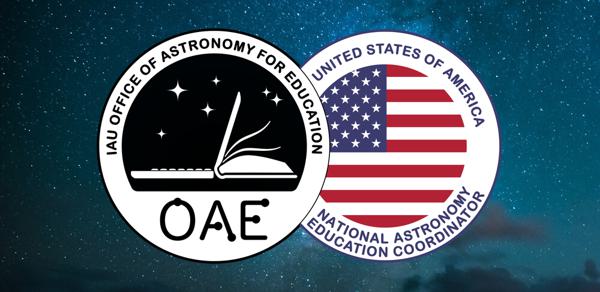Glossary term: 原子核
Description: 我们周围见到的所有物质都由原子组成,而每个原子又都由电子和原子核组成。原子核体积很小、位于原子中心,核外电子围绕在原子核周围。原子核由带正电荷的质子和不带电荷的中子组成。虽然质子因其电荷而相互排斥,但有一种更强大的力,称为强核力或简称强力,将原子核固定在一起。由具有相同质子数的原子核组成的原子,属于同一化学元素。
原子核非常微小,尺度只有原子的十万分之一,因此从某种意义上说,原子的大部分都是空的!原子核通常占原子总质量的 99.9% 以上。如此微小的质量使得原子核的密度非常高,典型密度为十亿亿千克每立方米。
原子核在天体物理学的不同领域都很重要。在恒星内部,当较轻的原子核(从氢开始,其原子核是一个质子)发生聚变,逐渐形成较重的原子核时,能量就会释放出来——这就是恒星源源不断发光的原因。恒星内部核聚变可以形成的重原子核到铁为止,而超新星爆发和某些冷恒星的内部可以形成更重的原子核。宇宙大爆炸后不久,在短暂的“大爆炸核合成”阶段,氢原子核聚变成氦元素以及痕量的其他元素。中子星作为大质量恒星在超新星爆发后的残骸,主要由中子堆积而成,密度与原子核相似。某些类型的原子核在被剥离电子后,作为恒星风的一部分被恒星释放出来,或者作为宇宙射线在太空深处传播。
Related Terms:
See this term in other languages
Term and definition status: The original definition of this term in English have been approved by a research astronomer and a teacher The translation of this term and its definition is still awaiting approval
The OAE Multilingual Glossary is a project of the IAU Office of Astronomy for Education (OAE) in collaboration with the IAU Office of Astronomy Outreach (OAO). The terms and definitions were chosen, written and reviewed by a collective effort from the OAE, the OAE Centers and Nodes, the OAE National Astronomy Education Coordinators (NAECs) and other volunteers. You can find a full list of credits here. All glossary terms and their definitions are released under a Creative Commons CC BY-4.0 license and should be credited to "IAU OAE".
If you notice a factual or translation error in this glossary term or definition then please get in touch.








